Description
Familiarity with treatment
Robotic hair transplantation, specifically using the ARTAS Robotic System, is an advanced technique that incorporates robotic technology to assist in hair transplant procedures. The procedure involves several steps:
Consultation and Planning: Before the procedure, you will have a consultation with a qualified hair transplant surgeon. During this consultation, the surgeon will evaluate your hair loss pattern, assess the donor area, discuss your expectations, and determine if you are a suitable candidate for robotic hair transplantation. The surgeon will also use digital imaging and artificial intelligence to simulate possible results during the consultation.
Preparation: On the day of the procedure, your hair will be trimmed to facilitate the imaging and extraction process. Local anesthesia will be administered to ensure your comfort during the procedure.
Robotic Extraction: The ARTAS Robotic System utilizes specialized technology, including a robotic arm and advanced imaging, to precisely extract individual hair follicles from the donor area. The system analyzes and selects the best hair follicles for transplantation based on predetermined criteria.
Recipient Site Creation: After the extraction, the robotic system can create recipient sites in the thinning or balding areas of the scalp. The system uses artificial intelligence algorithms to determine the optimal placement and distribution of the transplanted hair follicles.
Implantation: The extracted hair follicles are carefully implanted into the recipient sites created by the robotic system. The surgeon ensures proper placement and direction of the transplanted follicles to achieve natural-looking results.
Postoperative Care: Following the procedure, you will receive specific postoperative care instructions from your surgeon. This may include guidelines for medication, hair washing, avoiding strenuous activities, and protecting the transplanted area from sun exposure. Regular follow-up appointments will be scheduled to monitor the healing process and address any concerns.
Who is it suitable for?
Robotic hair transplantation, specifically using the ARTAS Robotic System, is suitable for individuals who meet certain criteria. While the suitability may vary depending on individual factors and the specific robotic system used, here are some general considerations:
Hair Loss Pattern: Robotic hair transplantation is typically suitable for individuals with male or female pattern hair loss (androgenetic alopecia). The robotic system can accurately extract and implant hair follicles in areas of thinning or balding.
Hair Type: The ARTAS Robotic System is primarily designed for individuals with straight, black, or brown hair. The system utilizes imaging technology to identify and select the best hair follicles for transplantation. Individuals with fair, red, or grey hair may require additional steps, such as dyeing the hair, to facilitate the robotic system’s effectiveness.
Donor Area: The availability and quality of donor hair in the back and sides of the scalp play a crucial role in determining suitability for robotic hair transplantation. The robotic system requires an adequate supply of healthy hair follicles for extraction and transplantation.
Expectations and Goals: It is important for individuals considering robotic hair transplantation to have realistic expectations and goals. The procedure can provide natural-looking results, but it may not achieve the same density as a full head of natural hair. A thorough consultation with a qualified hair transplant surgeon can help assess individual expectations and determine if robotic hair transplantation is suitable.
Medical Evaluation: Before undergoing robotic hair transplantation, individuals may undergo a medical evaluation to assess their overall health and identify any underlying medical conditions that could affect the procedure or recovery.
Who is it not suitable for?
Robotic hair transplantation, specifically using the ARTAS Robotic System, may not be suitable for everyone. Here are some factors to consider:
Hair Type and Color: The ARTAS Robotic System is primarily designed for individuals with straight, black, or brown hair. Individuals with fair, red, or grey hair may not be suitable candidates as the system relies on the contrast between the hair and the scalp to accurately identify and extract follicles.
Extent of Hair Loss: Robotic hair transplantation is typically suitable for individuals with mild to moderate hair loss. If the extent of hair loss is too extensive, there may not be enough donor hair available for transplantation.
Donor Area Insufficiency: The availability and quality of donor hair in the back and sides of the scalp are crucial for successful transplantation. If the donor area is insufficient or compromised, robotic hair transplantation may not be feasible.
Medical Conditions: Certain medical conditions, such as bleeding disorders or autoimmune diseases, may affect the suitability for robotic hair transplantation. It is important to discuss your medical history with a qualified hair transplant surgeon to determine if the procedure is appropriate for you.
Expectations and Goals: It is important to have realistic expectations and goals for the outcome of the procedure. Robotic hair transplantation can provide natural-looking results, but it may not achieve the same density as a full head of natural hair. A thorough consultation with a qualified hair transplant surgeon can help assess individual expectations and determine if robotic hair transplantation aligns with those goals.
Advantages
Robotic hair transplantation, such as the ARTAS Robotic System, offers several advantages over traditional manual techniques. Here are some of the benefits:
Precision and Accuracy: Robotic hair transplantation utilizes advanced imaging technology and artificial intelligence algorithms to precisely analyze and select the best hair follicles for extraction and implantation. This results in more accurate placement of grafts, leading to natural-looking results.
Minimally Invasive: Robotic hair transplantation is considered a minimally invasive procedure. It eliminates the need for a linear scar, which is often associated with traditional hair transplant methods. The robotic system uses small punches to extract and implant hair follicles, resulting in tiny, virtually undetectable scars.
Faster Procedure: The use of robotic technology in hair transplantation can significantly reduce the time required for the procedure. The robotic system can automate certain steps, such as follicle extraction and recipient site creation, leading to increased efficiency and shorter procedure times.
Reduced Human Error: The robotic system helps eliminate the risks of human error during the hair transplantation process. It ensures consistent and precise extraction and implantation of hair follicles, reducing the potential for graft damage and improving overall outcomes.
Quicker Recovery: Robotic hair transplantation can offer a faster recovery compared to traditional methods. The minimally invasive nature of the procedure and the precise extraction and implantation of grafts can help reduce postoperative discomfort and promote quicker healing.
Natural-Looking Results: Robotic hair transplantation aims to provide natural-looking results. The precise placement of grafts and the ability to simulate possible outcomes during the consultation phase contribute to a more aesthetically pleasing and harmonious hairline.
Complications
Robotic hair transplantation, like any surgical procedure, may have potential complications. However, it is important to note that complications are relatively rare in hair transplantation procedures. Here are some insights from the search results:
Minimal Complications: Hair transplantation, including robotic hair transplantation, is generally considered a safe procedure with very few complications. Most complications can be avoided or minimized through proper surgical technique, wound care, and patient counseling 1.
Donor Area Complications: Complications related to the donor area, such as bleeding, folliculitis, infection, wound dehiscence or necrosis, numbness, and persistent pain, can occur in rare cases. However, these complications can be minimized with proper surgical technique and wound care 1.
Risk of Depletion of Donor Hair: Regardless of whether follicular unit extraction (FUE) is performed manually, with motorized devices, or with robotic punches, there is a risk of clinically apparent depletion of hair from the donor region. This risk is similar to that of donor elliptical harvesting 2.
Nerve Damage and Sensation Loss: In rare cases, nerve damage and loss of sensation may occur in the donor area after robotic hair transplantation 3.
Crusting and Pain: Some patients may experience crusting on the scalp or pain problems in the area of hair transplantation. However, these side effects are generally temporary and can be managed with proper postoperative care 3.
preoperative care
Preoperative care is an important aspect of preparing for robotic hair transplantation. While the specific preoperative care instructions may vary depending on the surgeon and clinic, here are some general considerations:
Medical Evaluation: Before the procedure, you will likely undergo a medical evaluation to assess your overall health and identify any underlying medical conditions that could affect the surgery or recovery. It is important to disclose your complete medical history, including any medications or supplements you are taking.
Medication Adjustments: Your surgeon may provide specific instructions regarding any medications you are currently taking. This may include adjusting or temporarily discontinuing certain medications that can interfere with the procedure or increase the risk of complications.
Avoid Blood Thinners: It is typically advised to avoid blood-thinning medications, such as aspirin or nonsteroidal anti-inflammatory drugs (NSAIDs), for a certain period before the surgery. These medications can increase the risk of bleeding during the procedure.
Smoking and Alcohol: It is generally recommended to refrain from smoking and consuming alcohol for a specified period before the surgery. Smoking can impair healing, while alcohol can interfere with the effectiveness of anesthesia and increase bleeding risks.
Hygiene and Hair Care: Your surgeon may provide specific instructions regarding hair washing and scalp hygiene before the procedure. It is important to follow these instructions to ensure a clean and optimal surgical environment.
Fasting: Depending on the type of anesthesia used, you may be instructed to fast for a certain period before the surgery. This helps reduce the risk of complications related to anesthesia.
Arrangements for Transportation: Since the procedure may involve the use of anesthesia, it is advisable to arrange for someone to drive you home after the surgery.
Postoperative care
Postoperative care plays a crucial role in the recovery and success of robotic hair transplantation. While the specific postoperative care instructions may vary depending on the surgeon and clinic, here are some general considerations:
Medication and Wound Care: Your surgeon will provide instructions regarding any medications that need to be taken after the procedure. This may include antibiotics to prevent infection and pain medications to manage any discomfort. It is important to follow the prescribed medication schedule and adhere to wound care instructions, such as keeping the scalp clean and avoiding excessive touching or scratching.
Rest and Physical Activity: It is advisable to take it easy and avoid strenuous activities for a few days after the procedure. This includes avoiding heavy lifting, intense exercise, and activities that may increase blood flow to the scalp. Your surgeon will provide specific guidelines regarding when you can resume normal activities.
Avoiding Sun Exposure: Direct sun exposure to the scalp can be harmful during the initial healing phase. It is important to protect the scalp from the sun by wearing a hat or using sunscreen with a high SPF.
Avoiding Hair Styling Products: For a certain period after the procedure, you may be advised to avoid using hair styling products or applying excessive heat to the scalp. This allows the newly transplanted hair follicles to heal and settle in their new location without any interference.
Follow-Up Appointments: Your surgeon will schedule follow-up appointments to monitor your progress and assess the healing process. It is important to attend these appointments and communicate any concerns or questions you may have.
Patience and Expectations: It’s important to have realistic expectations and understand that the results of hair transplantation take time. It may take several months for the transplanted hair follicles to start growing and for the final results to be visible. It’s important to be patient and follow your surgeon’s guidance throughout the recovery process.
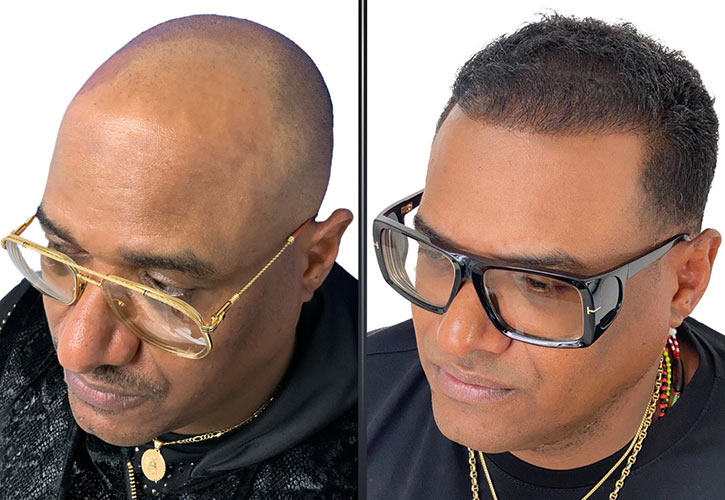
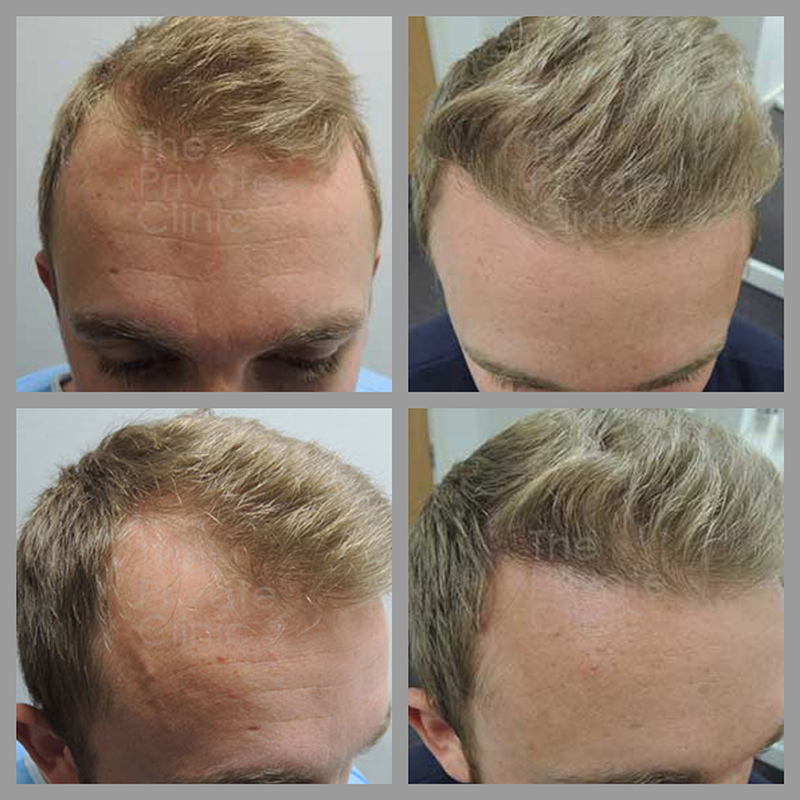
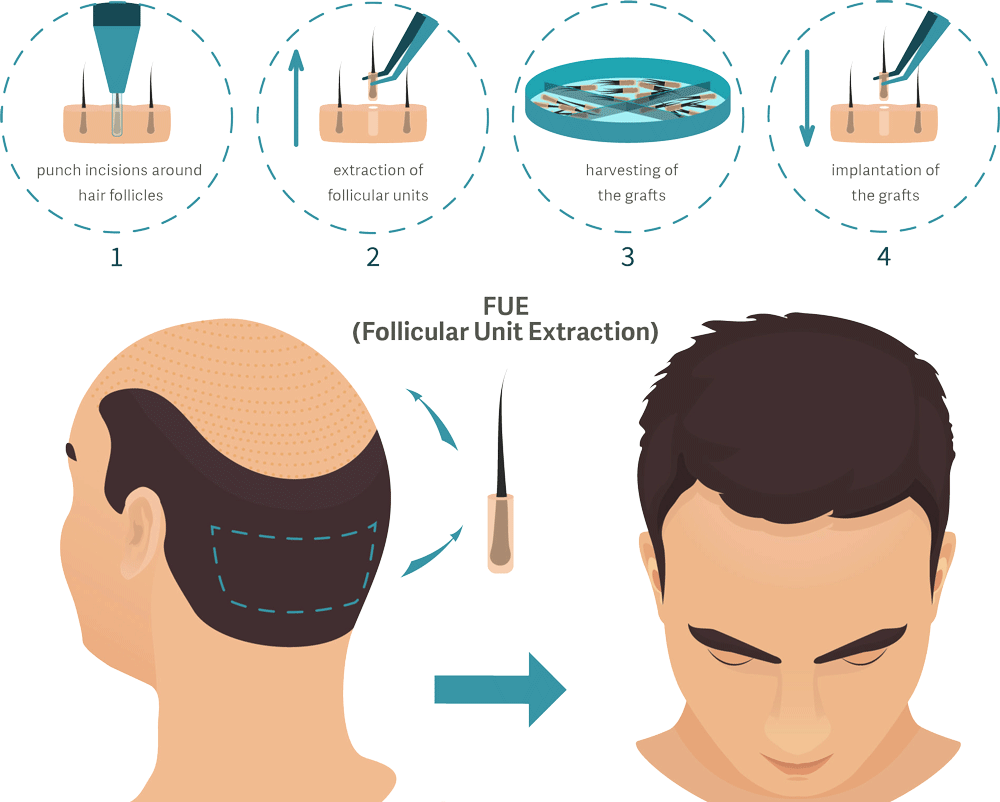
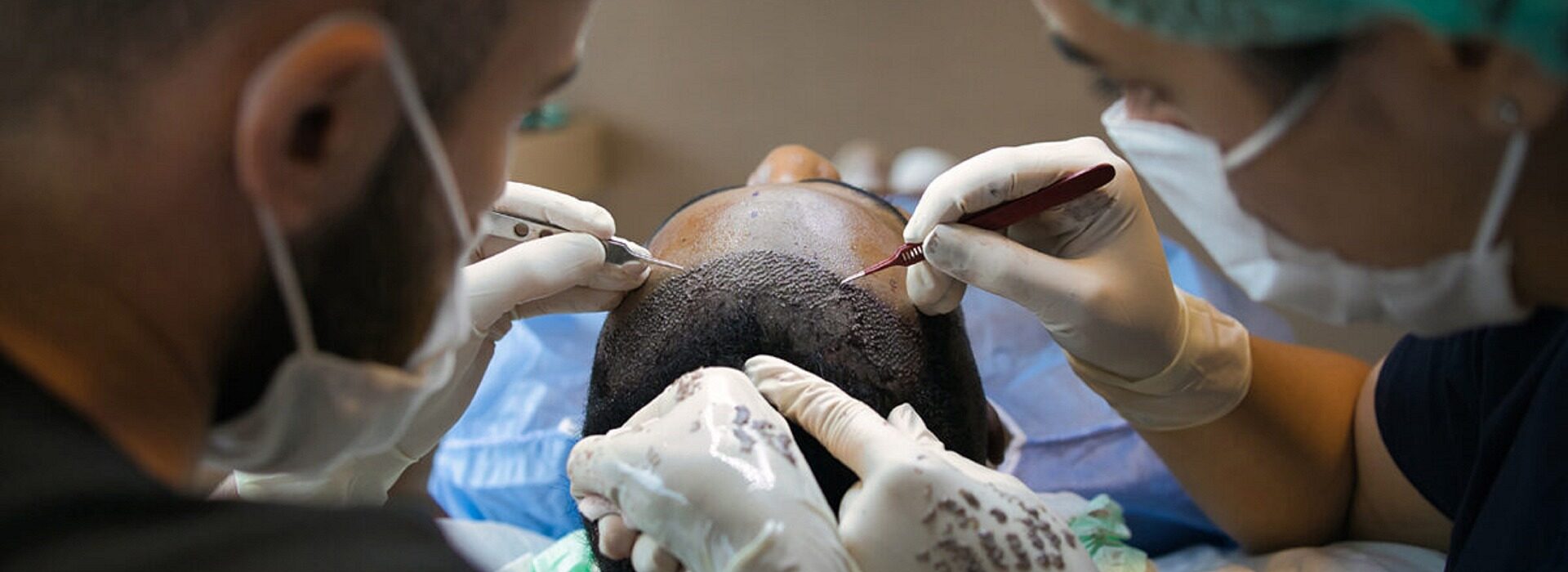

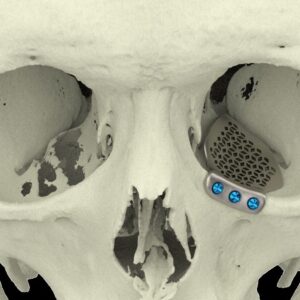
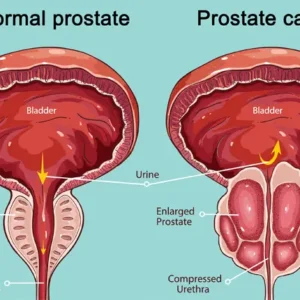
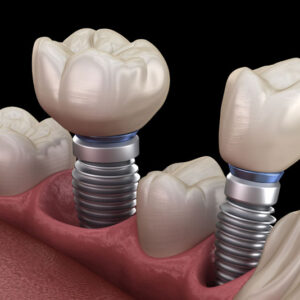
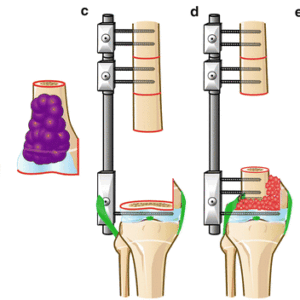
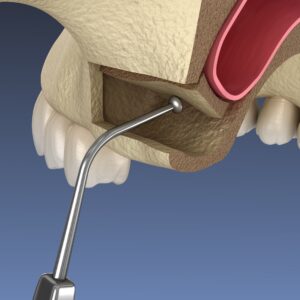
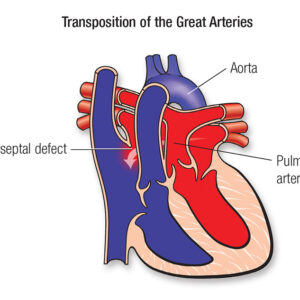
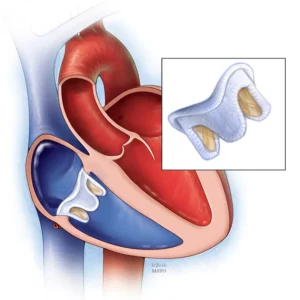
Reviews
There are no reviews yet.